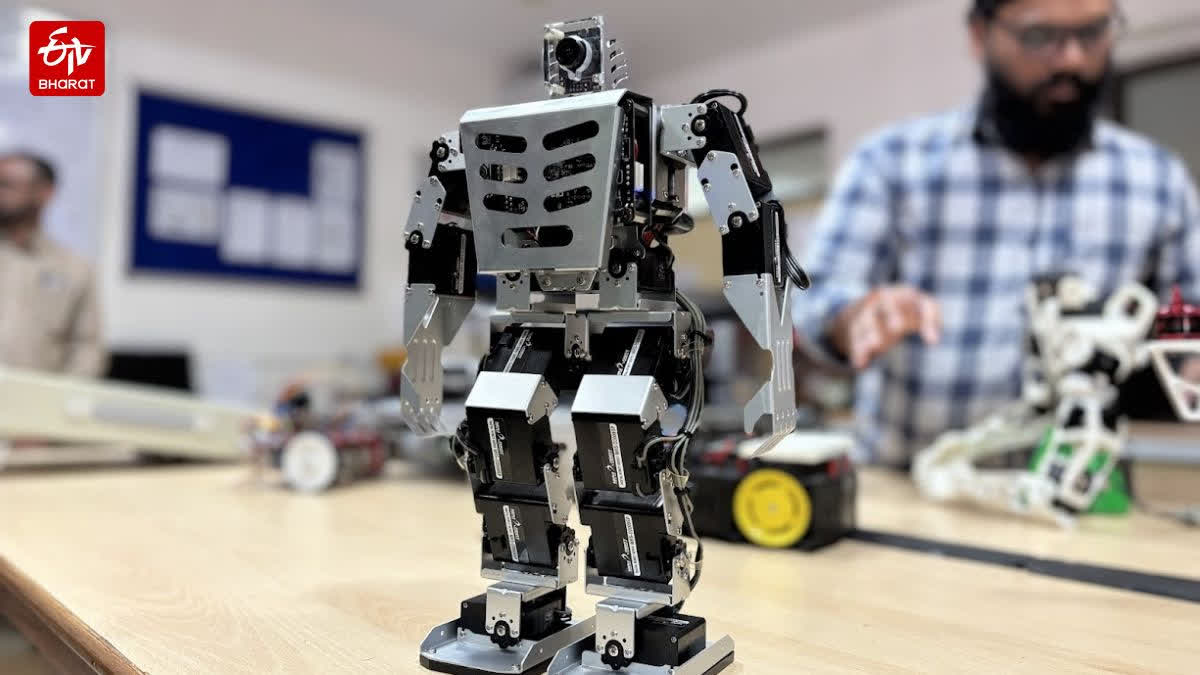Hyderabad: The instinct to procreate has deep evolutionary drivers. As a species that has developed sophisticated tool-making skills, we have also extended this “instinct to procreate” to the tools we make. The discovery of quantum physics gave birth to the field of electronics and computers, resulting in unprecedented breakthroughs that later created the area of robotics. Science fiction and robots go hand-in-hand, as does our fascination with humanoid machinery. From the T-800 Model 101 in The Terminator franchise to Baymax in Big Hero 6, intelligent robots have captured our imaginations with diverse portrayals — ranging from ruthless enforcers to compassionate caretakers. These fictional robots not only entertain us but also reflect our hopes, fears, and ethical dilemmas about the future of technology.
A humanoid robot can loosely be defined as a machine resembling a human being, with the capabilities to perform certain human-like movements and functions in an automated manner. The world already has a wide variety of autonomous robots performing tasks independently without human intervention. The industry has been trying to create humanoid robots with automation capabilities designed to handle mundane tasks while keeping humans out of harm's way. The market is also heating up further as artificial intelligence has evolved to simplify automation across the spectrum.
Boston Dynamics recently introduced the updated Atlas robot, ditching the complex and bulky hydraulic actuators with exposed cables and hoses in favour of an all-electric system, allowing it to become more compact, efficient, and free from the constraints and maintenance issues associated with hydraulic systems.
Following the release of a 21-second clip in August 2024 demonstrating all-electric Atlas' ability to do pushups, the company last month showcased the "shape-shifting" humanoid robot's autonomous navigation and handling capabilities with its swivelling joints and unique range of motions as it turns its head 360 degrees and walks backwards with its hip joint rotated 180 degrees.
Boston Dynamics plans to showcase in the coming months and years ahead "what the world’s most dynamic humanoid robot can really do-- in the lab, in the factory, and in our lives". We are also seeing ambitious attempts at making completely autonomous humanoid robots from companies like Tesla and BMW as well.
Reliance-backed Addverb also shared its vision of making an AI-powered humanoid robot capable of processing vast volumes of multi-modal data from vision, audio, and touch inputs to perform intricate tasks, such as making real-time decisions and adapting to diverse workflows across industries like warehouses and healthcare. Notably, the company currently offers end-to-end robots for warehouses and industrial automation, featuring a portfolio of Autonomous Mobile Robots, Sorting Robots, Automated Storage and Retrieval Systems, and more.
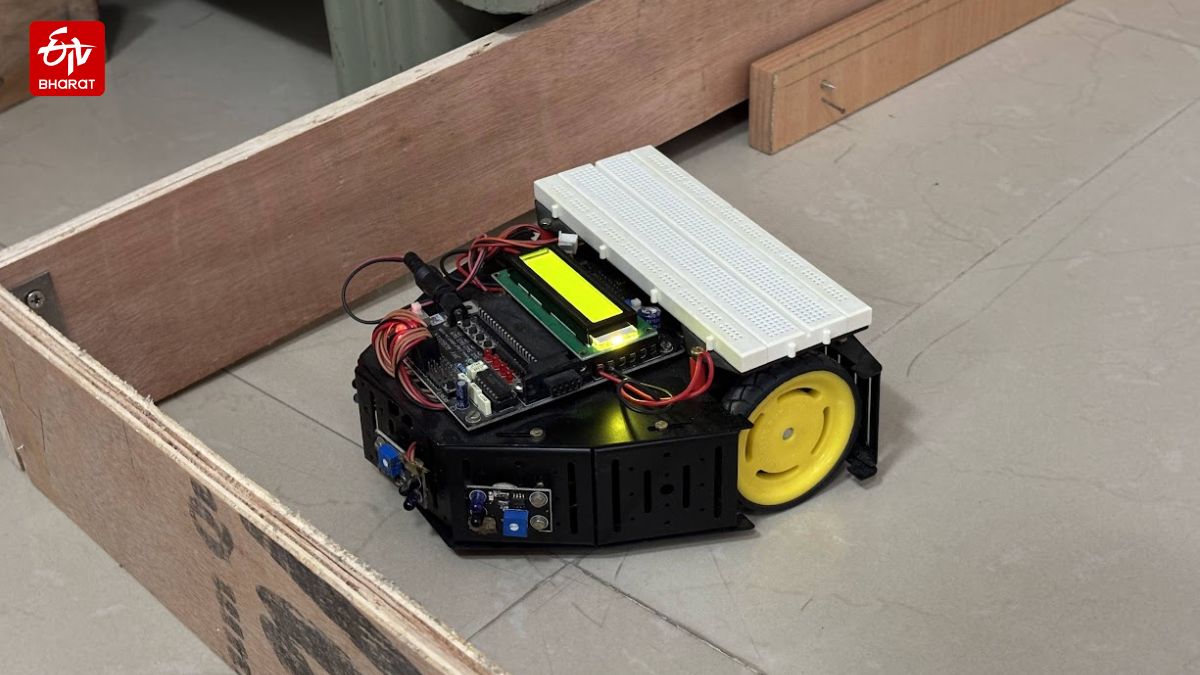
While the ongoing attempts at making a completely autonomous humanoid robot appear new, the history of autonomous machinery goes as far back as ancient times.
History of autonomous robots
While autonomous robots and machines are considered to be modern tools, such devices, though not as advanced, have been around for a long time. However, there have been different opinions about what classifies as the earliest example of such machinery.
If we broaden the scope of what qualifies as an autonomous robot, handy gadgets invented in ancient times as automated helpers may also find a place in the list, starting with something like Water Clocks that existed in the Middle East and Asia as early as 4000 BC. Such clocks were among the earliest automation tools as they measured time through liquid transfer from container to container with time-calibrated markings.
Through a series of more automated machines like the Antikythera Mechanism from 150 BC that used to predict the movement of celestial bodies, the Peacock Fountain from 1100s AD in modern-day Turkey that used water to power sequences of actions for washing, and the Gutenberg Press in 1454 that revolutionised the dissemination of information by making book copying less labour-intensive, humanity has continually pushed the boundaries of innovation and technology. These advancements have laid the foundations for modern developments in automation.

History is filled with many inventions that automate specific tasks for humanity's sake. However, such tools might seem too simple by today's standards, where we don't even pause to give two thoughts to the automation mechanisms present in public bathrooms in the form of automatic soap dispensers, water faucets, and hand dryers.
"The history of autonomous robots dates back to the 18th century, starting with early mechanical inventions like Jacques de Vaucanson’s mechanical duck,” Rajeev Tiwari and Anurag Gupta, co-founders of STEMROBO, an AI coding and robotics lab setup company in India, said in a conversation with ETV Bharat. “While simple, these machines showcased the potential for autonomy and inspired generations of engineers and inventors,"
Notably, this digesting duck was unveiled in 1764 France and appeared to have the ability to eat kernels of grain and to metabolise and defecate them. Meanwhile, the industry at large considers the origin of autonomous robots to the 1940s and 1950s, further developed in the early 2000s with a sharp upward trajectory.
British neurophysiologist W Grey Walter is often credited as the one who started it all in the 1940s with the development of Elmer and Elsie, two Tortoise-shaped robots that exhibited basic autonomous actions, using sensors for navigation and responding to stimuli.
In the 1950s, George Devol continued this progression with his creation, Unimate, earning him the title "Grandfather of Robotics." He is also credited with inventing the first industrial robot.
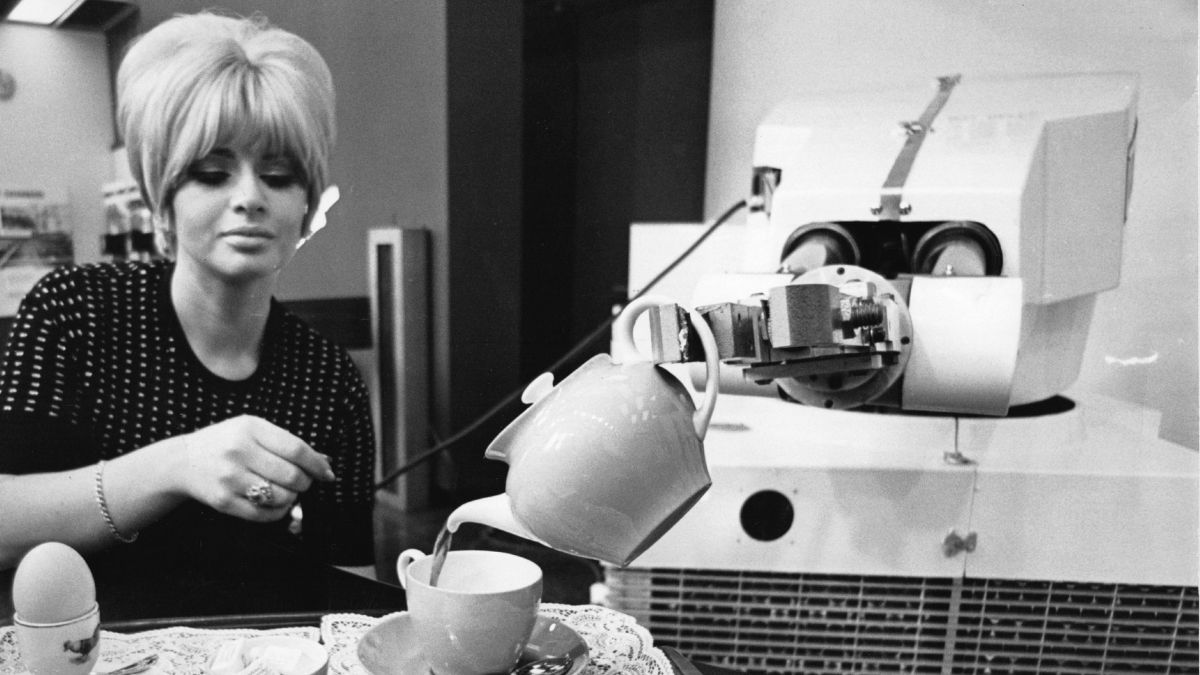
Talking to ETV Bharat, Tiwari and Gupta highlighted that the 20th century's blend of electronics and programming introduced early autonomous robots like Shakey in the 1960s, setting the stage for today's advanced robotics that operate in real-world environments.
By the 1960s, early examples of robots began commercial use on assembly lines, primarily performing heavy lifting tasks. In the late 1960s and early 1970s, increased demand for automation led to the development of smaller, electric industrial robots with advanced controls and motors, ideal for precise tasks. By the late 1970s, robots expanded to perform tasks in hazardous environments.
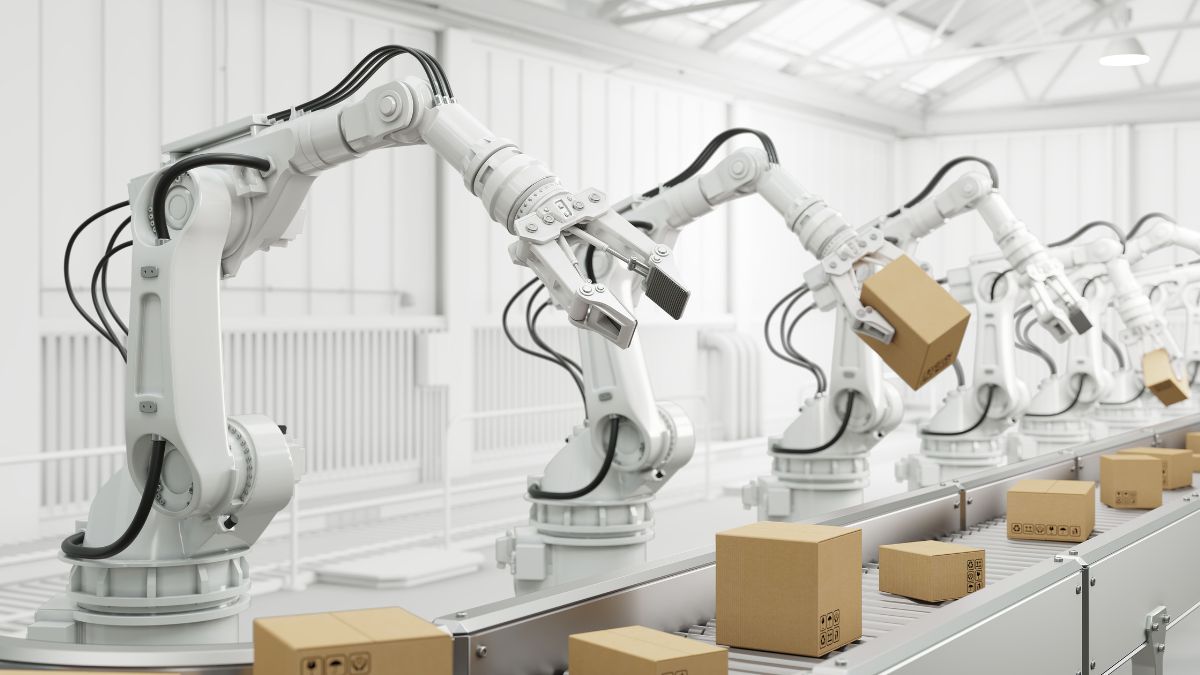
Around the same period, research in autonomous vehicles began with experiments in radio-controlled cars and early driverless cars. By the 1990s, significant advancements were made in autonomous vehicle technology, including the development of neural networks for vehicle control.
Fast forward to the 2000s - Present, the rise of AI and machine learning has led to more sophisticated autonomous robots. Self-driving cars, robotic vacuum cleaners, and industrial robots are no longer limited to science fiction.
Autonomous robots of modern times
Today, autonomous robots are known for their self-guided movement, environmental interaction, task execution, and adaptability. These are the result of combined efforts of mechanical engineering, computer science, and artificial intelligence.
Autonomous robots today can navigate their environment without human oversight, made possible with the use of sensors like LiDAR and GPS in addition to cameras and algorithms to detect obstacles and determine the best path. These robots make decisions based on the data they collect. The evolution of artificial intelligence has made the decision-making capability even better than before as it allows them to be more intelligent and autonomous.
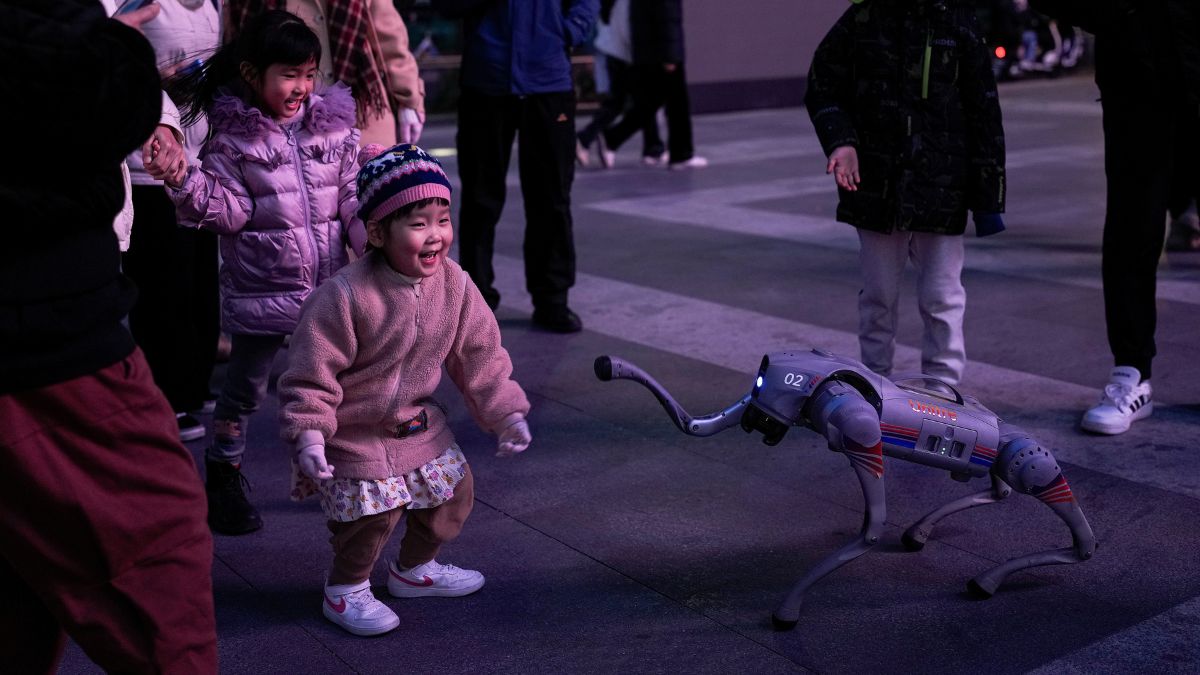
Probably, the most common example of an autonomous robot is the robotic vacuum cleaner that some of us have at home. These small gadgets – looking like home weight scales – are automated to leave their stations at fixed times, scan and map the area using sensors and cameras, navigate the space while avoiding obstacles and dead ends, wipe/mop the floor, and go back to their charging dock once their task is done.
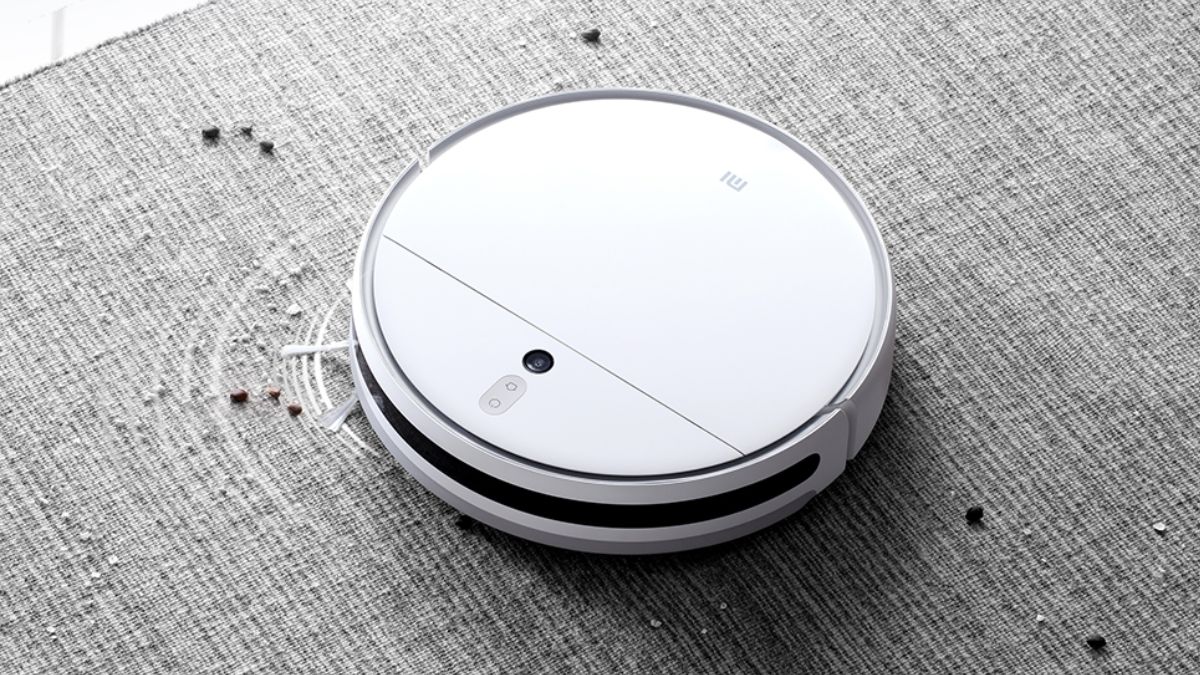
Additionally, Autonomous Mobile Robots (AMRs) are now increasingly used in logistics and manufacturing, helping with delivery pickups and product assembly. Autonomous robots have also found a role in healthcare, agriculture, customer service, and even military operations. There are also conversational autonomous robots like Hanson Robotics' Sophia and similar humanoid "siblings" which are supercharged by artificial intelligence.
Challenges in design and operations
While the development of autonomous robots has accelerated from tortoises and ducks to something like a co-worker, the industry is still facing issues with their design and operation.
“Designing autonomous robots has always been challenging. Developers face obstacles in building machines that can adapt to changing environments like perfecting machine vision, real-time decision-making, and sensor integration, so robots can process and respond to sensory data quickly and accurately. These have historically limited robots’ capabilities, though technology is now catching up,” STEMROBO’s Tiwari and Gupta said.
“Today, robots have come a long way and are used in many fields—helping in warehouses, healthcare, and even in self-driving cars. Thanks to advancements in AI, robots can now gather information, make decisions, and adapt to changes,” they added.
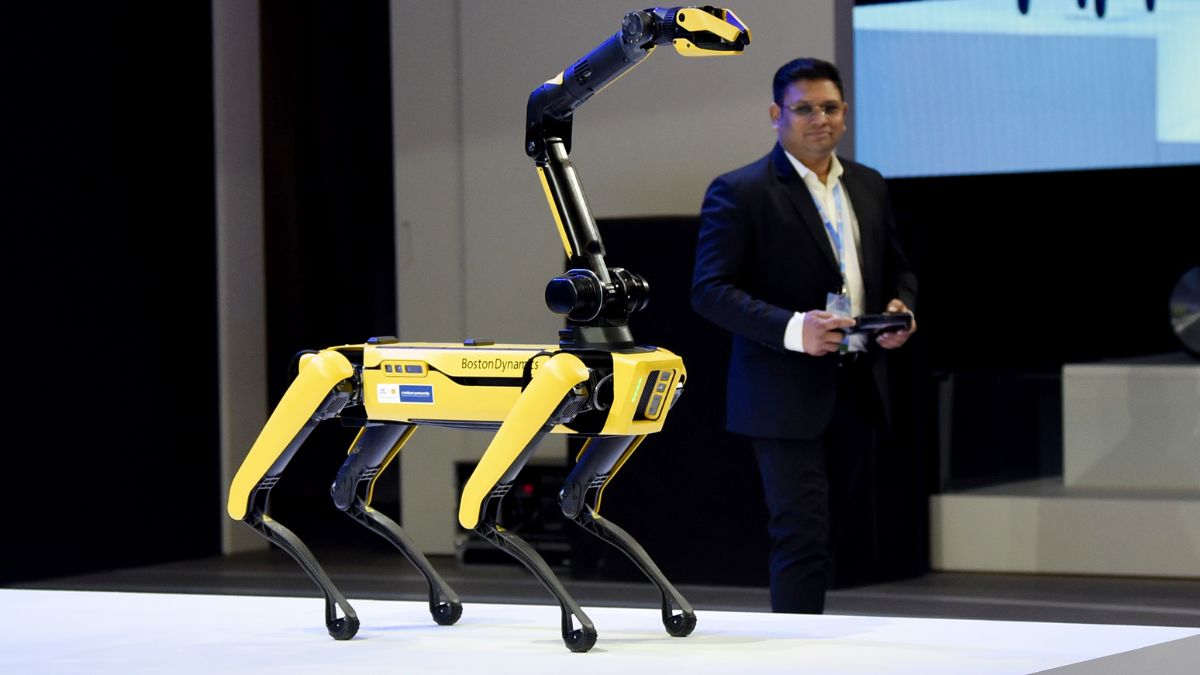
Machine Learning and Artificial Intelligence are now an inseparable part of autonomous robots, but they aren’t without problems either.
Commenting on the issue, Kapil Bardeja, co-founder & CEO of Vehant Technologies said to ETV Bharat, “From managing security through automatic systems, AI and machine learning have brought safety to every corner of the world. It has allowed machines the capability to analyse vast amounts of data to learn from past experiences and perform complex tasks with minimal human input. However, despite these advancements, several challenges still need to be solved in the design, operation, and integration of AI-powered systems.”
“One of the key obstacles is ensuring that these systems can function reliably in these dynamic and unpredictable environments. Developing advanced algorithms that can handle real-time analytics, data processing, and adaptation to ever-changing conditions is challenging and requires advanced sophisticated approaches as well as extensive testing with time,” Bardeja said.
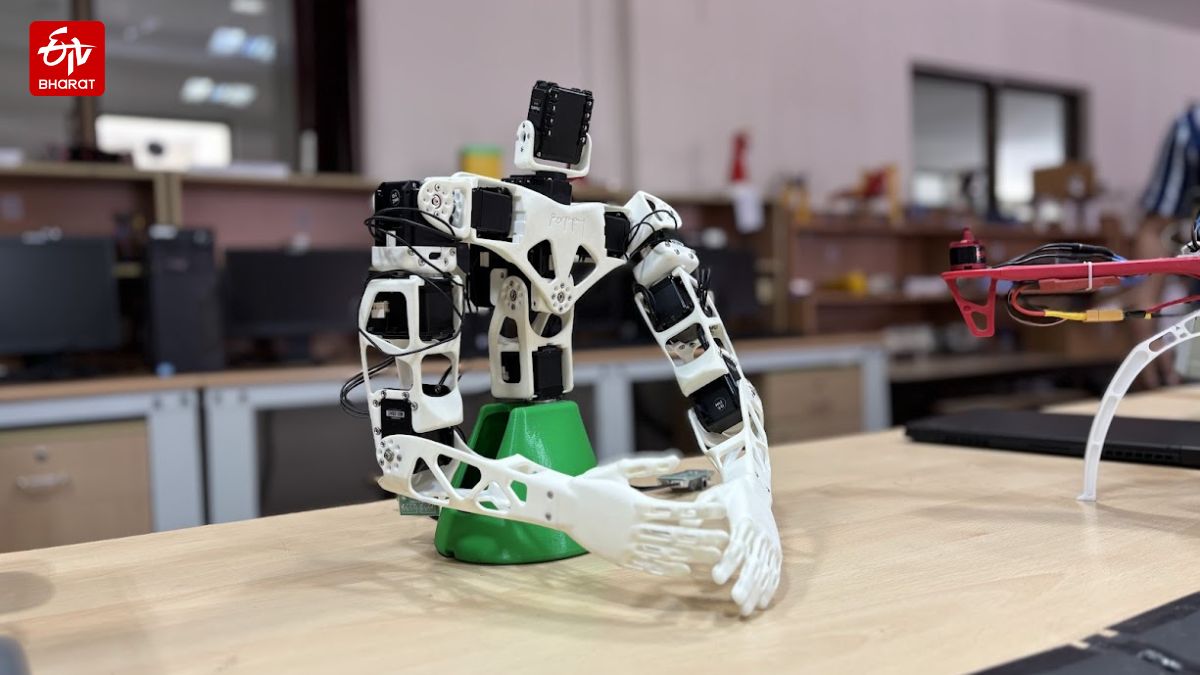
“The development of AI systems while making sure that they align with human expectations and ethical standards adds a complexity element to the deployment of such systems,” he added.
Future aspirations
AI is revolutionising the world of operations by increasing the ability of robots to operate independently in complex environments, through the incorporation of ever more complex multi-modal analysis and inference systems. While autonomous robots are already a part of society and the workforce, their role in our lives appears to be set for a surge, as they are expected to only improve over time.
“In future, autonomous robots will likely play a larger role in everyday life, helping people in healthcare, elderly care, and even space exploration,” STEMROBO co-founders Tiwari and Gupta said.
Inside the Robotics Department of BITS Pilani Hyderabad Campus:
— Faisal (@itsmeFSL) November 28, 2024
What you're seeing is a remote controlled robot that can do some neat tricks and an autonomous robot that can avoid obstacles in its path pic.twitter.com/MSWQgmrinv
“Looking to the future, the promise of AI-driven systems is vast. AI and machine learning will continue to evolve, enabling systems that are not only more intelligent but also more adaptable and secure. As these technologies progress, they will open up new possibilities in diverse fields, where efficiency and real-time decision-making are critical,” Vehant Technologies co-founder Bardeja said.
Many companies are working towards this goal, and Boston Dynamics’ new Atlas already appears to be a big step. The all-electric state-of-the-art hardware machine uses advanced control systems and ML-powered vision models to navigate and interact with its environment. The company is focusing on transforming Atlas from a research project into a practical helper for industrial and household tasks – basically aiming for a society integrated with intelligent autonomous robots. Maybe the future imagined by “I, Robot (2004)” writers for 2035 is not too far-fetched.
